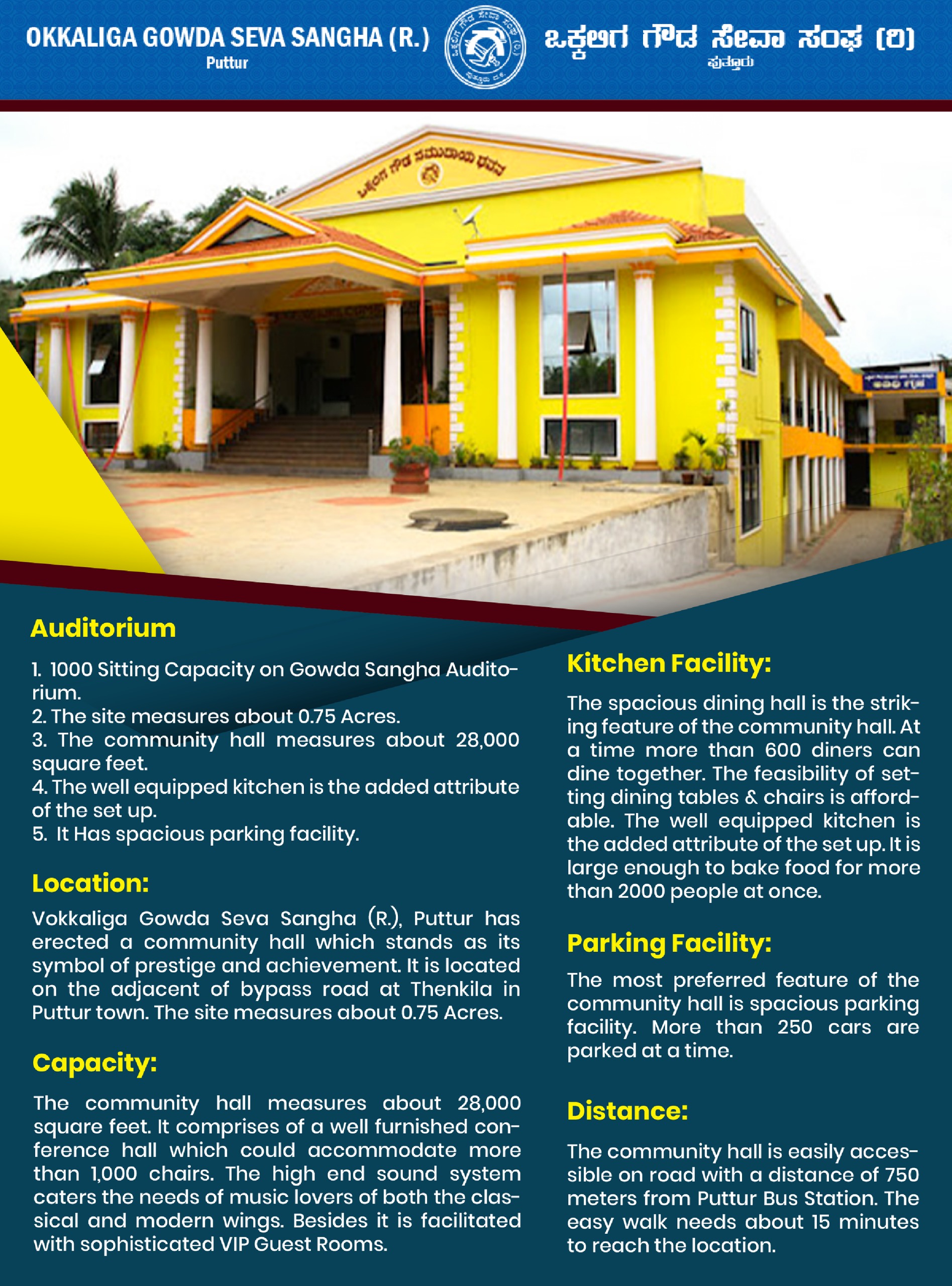To join a sober living house, residents must pay their own rent, which could range anywhere from $500 to $5,000 per month, depending on the location and whether certain houses include meals and other services. Residents may not have to pay for utilities at all, making housing very affordable. Therefore, there’s no better advice to seek than the ones who know you best. Seek the counsel of your friends and closest relatives to get their thoughts on local sober living facilities. Bring them with you as you shop around for local homes during your assessment process.

There may be other rule designations that widely vary depending on individual property rules. Most likely, insurance will not cover this type of housing, because it is not considered a mental health treatment center. Since sober living homes are often financially independent, https://ecosoberhouse.com/ they usually do not accept insurance. Residents’ insurance may, however, help cover addiction treatments – like therapy. As simple as it may seem, the first requirement of any sober living facility is you must have a prior history of substance abuse.
Addiction and Mental Health Resources
Many people who are exiting a rehab program don’t have a stable, supportive environment at home to return to. The substance-free environment provides a stable, structured place where people in recovery can adapt to living without drugs or alcohol. Some sober living homes are on a designated campus with a full support community. Others are apartments, homes, https://ecosoberhouse.com/article/whats-the-difference-between-sober-house-and-rehab/ or townhouses run by government-supported residential homes with an appointed counselor. These sober-living environments usually consist of multiple residents per room as approved by local capacity lawmakers. Sober-living home requirements consist of daily household chores, curfews, and attending some form of community organization such as AA.
- Here, patients will receive counseling and therapy, support, medical care and advice that assists them in making better choices and reaching the goals that they set in terms of achieving sobriety and recovery.
- In fact, many people fall prey to relapse simply because they jump into trying to return to a “normal life” too quickly.
- These became the first sober houses in California – some of which are still operating today.
- But when considering some of the services offered, make sure they’re services that help support your sobriety.
- The white vans sometimes stopped at liquor stores on the way to Phoenix to ply people with alcohol.
- I believe that it would not be too difficult to screen these facilities to see which ones are open to the possibility of working with a team to provide an alternative to residential rehab, and which ones are not.
There is a difference between a sober living community and a halfway house, so it’s key to understand the distinction. A halfway house is typically a government program that results in overcrowded and does not always provide you with the supportive environment you need as you make these changes in your life. Frequently, sober living homes, rehabs, and halfway houses are mistakenly considered as the same thing. While each plays a vital role in a person’s recovery process, they differ in several ways. It often acts as a bridge between rehabilitation and preparing members to live independently – drug- and alcohol-free. While residents aren’t required to have completed a rehab program before entry, many of them have.
Ethos Recovery
Their uniquely distinct roles also play a vital purpose in their respective circumstances. When it comes to rules, structure, and overall treatment, sober living vs halfway houses have contrary focuses in many respects. The core purpose may be the same, but the living arrangements have different standards by which they are operated. The delineation of a recovery residence continuum model offers an unprecedented degree of professionalism to a portion of the field of addiction recovery that has heretofore been laden with stigma.
- This level is appropriate for the individual who needs a higher degree of structure and support, perhaps coming out of a stabilizing residential treatment center.
- When it comes to rules, structure, and overall treatment, sober living vs halfway houses have contrary focuses in many respects.
- The Sinclair Method is highly effective, but not always easy to follow in the home environment, with family who might not be comfortable with it.
- This initial assessment allows our therapists to craft a personal recovery program, which allows the greatest opportunity for our clients to suppress addiction and adopt recovery as a permanent identity.
When attending Sanctuary at Cherry Hill, our clients will establish life skills, implement daily routines for lifestyle recovery, and ignite a purpose for achieving better their lives. When you’re ready to start treatment programs to address your drug or alcohol addiction, you will likely hear several terms related to addiction that you may not be used to. Outpatient programs, halfway houses, and sober housing are all examples of the terminology you may not be used to hearing. However, it’s key to the overall success of your recovery to have a broad understanding of them. In a sober living community, residents are granted more freedom and responsibility. At the same time, sober living community residents are being prepared to transition back into the “real world.” In the process, they are also learning how to build a structured routine in their life.





















